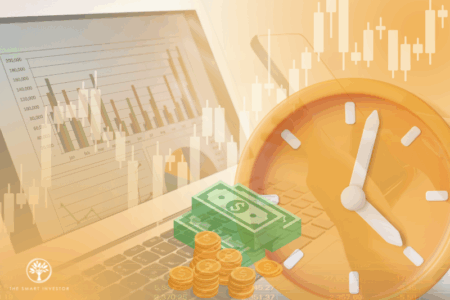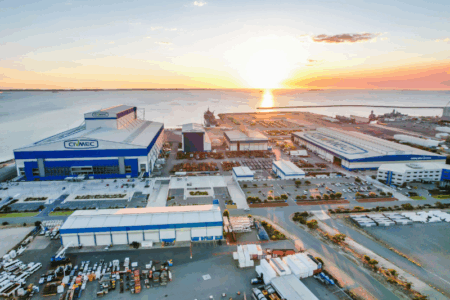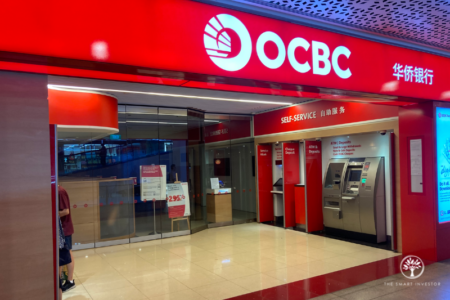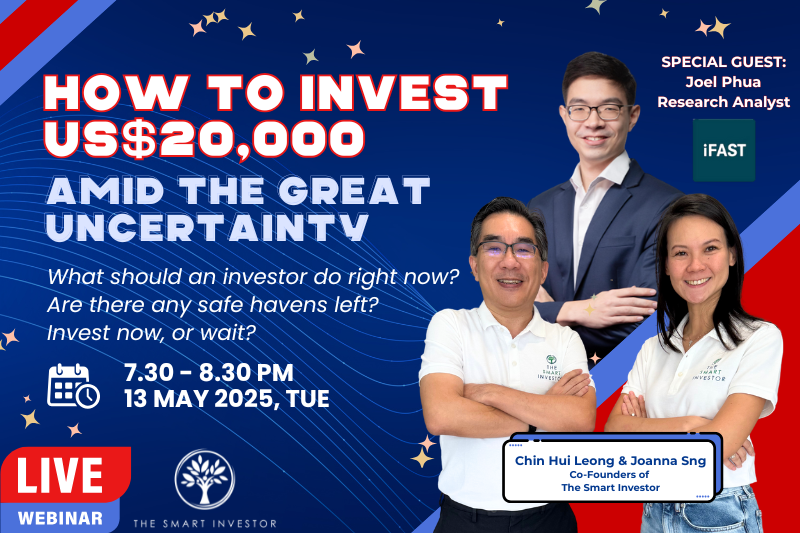A few weeks ago, I finished reading China’s Crisis of Success. The book, authored by Willam Overholt and published in 2018, contained many thought-provoking ideas on China’s past economic successes and future economic development. I summarised the lessons from the book in an article I published on 28 February 2022 titled Lessons From “China’s Crisis Of Success”. From here on, Lessons From “China’s Crisis of Success” will be termed Article 1.
While writing Article 1, I was also reminded of a piece I published on 4 March 2020 titled China’s Future: Thoughts From Li Lu, A China Super Investor. This article, hereby termed Article 2, is an English translation of investor Li Lu’s review and thoughts in Mandarin on the 2018 book The Other Half of Macroeconomics and the Fate of Globalizationwritten by economist Richard C. Koo.
As I wrote Article 1, I noticed a similar thread in Article 2. In both articles, an important element is that the pace of China’s future economic growth depends heavily on the Chinese government’s willingness and ability to relinquish central-control of the country’s economy.
Here’s the relevant section from Article 1:
“Xi’s administration [referring to the administration of Xi Jinping, China’s current president] has a well thought-out plan for economic reform that emphasises market allocation of resources, but there’s still a really strong element of central-control. On political liberalisation, there does not seem to be much signs that Xi’s administration is loosening its grip. How Xi’s administration reacts to China’s need for both political and economic liberalisation will have a heavy influence on how bright or dim China’s future is.”
The relevant passages from Article 2 are:
“In the Golden Era, the crucial players are entrepreneurs and individual consumers. The focus and starting point for all policies should be on the following: (1) strengthening the confidence of entrepreneurs; (2) establishing market rules that are cleaner, fairer, and more standardised; (3) reducing the control that the government has over the economy; and (4) lowering taxes and economic burdens. Monetary policy will play a crucial role at this juncture, based on the experiences of many other developed countries during their respective Golden Eras.
During the first stage of development, China’s main financial policy system was based on an indirect financing model. It’s almost a form of forced savings on a large scale, and relied on government-controlled banks to distribute capital (also at a large scale) at low interest rates to manufacturing, infrastructure, exports and other industries that were important to China’s national interests. This financial policy was successful in helping China to industrialise rapidly.
At the second stage of development, the main focus should be this: How can society’s financing direction and methods be changed from one of indirect financing in the first stage to one of direct financing, so that entrepreneurs and individual consumers have the chance to play the key borrower role?”
Unfortunately, as I mentioned in Article 1, China’s government appears to have tightened its grip on the country’s economy in recent years:
“Since the publication of China’s Crisis of Success, there are signs that Xi’s administration has moved in the opposite direction of allowing the market to allocate resources. A good example, in my view, would be the well-documented crackdowns on the Chinese technology sector seen over the past year or so.”
Using the frameworks presented in Article 1 and Article 2, the future of China’s economy could be a lot brighter if the government embarks on effective economic liberalisation. But right now, the government appears to be doing the opposite.
Note: An earlier version of this article was published at The Good Investors, a personal blog run by our friends.
This could be the fastest way to jump from a “newbie” investor to a seasoned pro. Our beginner’s guide shows everything you need to know to buy your first stock and beyond. Click here to download it for free today.
Follow us on Facebook and Telegram for the latest investing news and analyses!
Disclosure: Ser Jing does not own shares in any of the companies mentioned.




